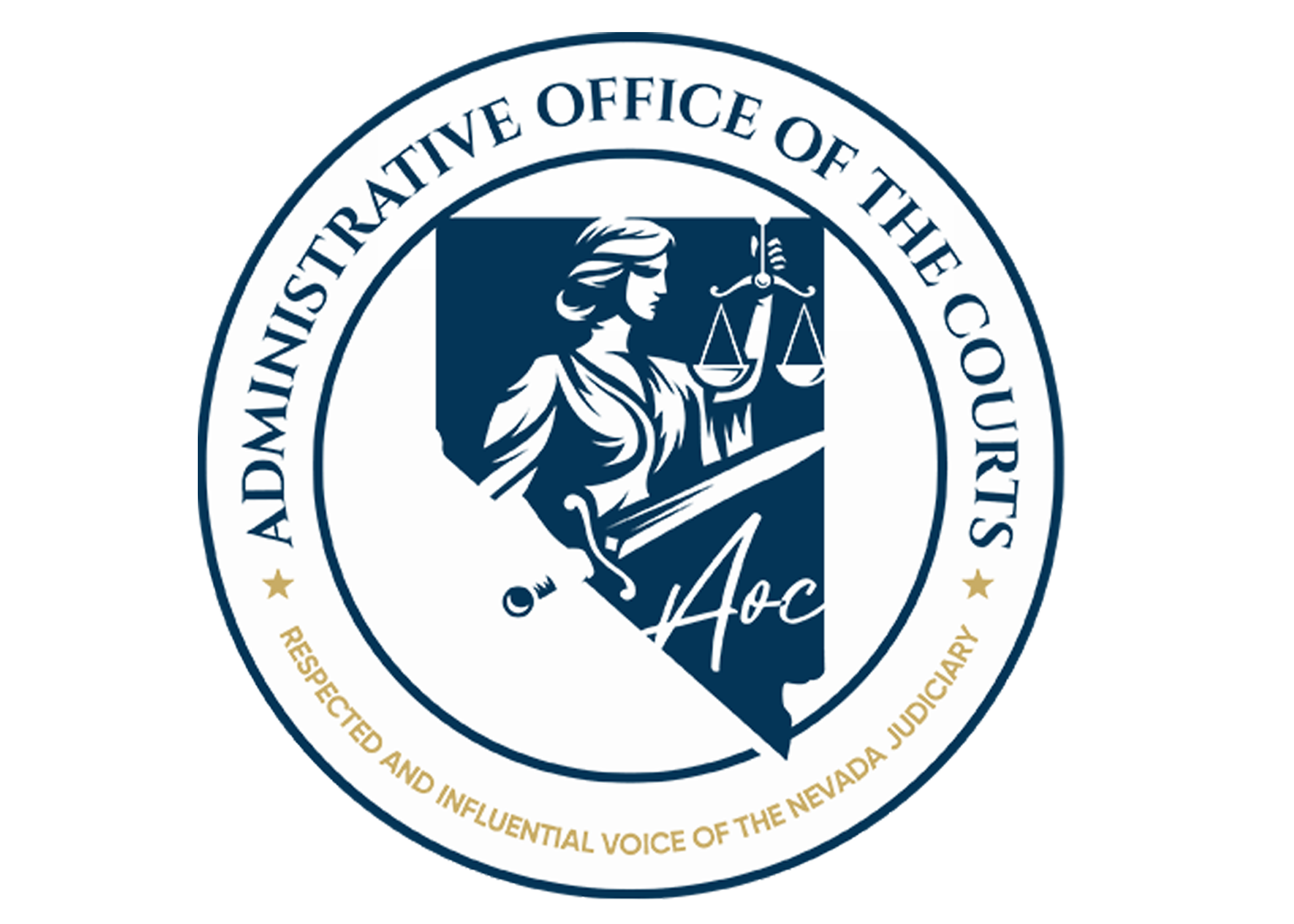Artificial Intelligence Guide
Artificial Intelligence: Definition and Context
Artificial Intelligence (AI) is a technology that mimics human intelligence to perform tasks and improves over time based on gathered data. While AI might seem like a recent development, its ideas go back to the mid-20th century, rooted in early computer science and math. Early AI focused on simple machine learning for solving problems and analyzing data. Now, AI is used widely in areas like law, healthcare, and finance, helping people and organizations work more efficiently.
A reference sheet "AI Guide for Judicial Officers" is available as a downloadable PDF.
Understanding Generative AI
Generative AI is a relatively new advancement in artificial intelligence. It focuses on creating original content, such as text, images, music, and code, based on input data. By using advanced machine learning models, it produces outputs that closely resemble human creativity and innovation.
Generative AI learns from large amounts of data to create new content, such as text, images, music, and more. It studies patterns, understands structures, and then generates original outputs that mimic human creativity. Key parts include:
- Large datasets that help the AI recognize different styles, topics, and concepts.
- Smart algorithms (like neural networks) that find patterns and generate realistic content.
- AI continuously learns to enhance accuracy, coherence, and creativity over time.
This technology powers tools like chatbots, art generators, and code-writing assistants. It can also be used for practical tasks like summarizing articles, drafting reports, and generating ideas, making content creation faster and more efficient.
Generative AI can support judicial officers by drafting documents, analyzing legal texts, extracting relevant information, and creating visual aids to simplify complex data. However, the use of AI requires careful oversight to maintain accuracy, fairness, and adherence to ethical standards.
- Large AI language models like ChatGPT, Bard, and the new NCSC AI Sandbox.
- Image creation tools like DALL-E, MidJourney.
- AI systems that compose music or generate video content.
Best Practices and Guidelines for Using AI in Courts
- Familiarize yourself with the capabilities and limitations of AI tools.
- Make sure that AI tools employed in judicial tasks comply with security and confidentiality standards.
- Keep in mind that generative AI answers are based on information from online sources.
- Always double-check the content to ensure it is accurate and complies with legal requirements.
- Use AI as a supplementary tool, not as a replacement for human judgment.
- Continuously verify and validate AI outputs against established legal standards.
- Adhere to ethical guidelines when using AI, particularly in sensitive or high-stakes cases.
- Avoid using AI tools for personal or extrajudicial purposes.
- When using a generative AI tool like ChatGPT, keep in mind that any information you provide is shared with the technology.
- Avoid entering sensitive details such as protected health information, information that could undermine public trust, passwords, or other confidential data.
What Judicial Officers Should Watch For
- Hallucinations and Accuracy: Be aware that AI can generate realistic yet misleading information, such as fabricated legal citations. Always verify AI-generated data with authoritative sources for accuracy and reliability. Read a case decision on hallucinations.
- Deepfakes and Evidence Integrity: Deepfakes are AI-generated media that appear authentic but are artificially created. AI-created fake media (audio, video, images) can pose a threat to evidence authenticity. Judicial officers must remain cautious and aware of emerging technologies, as fake evidence is fairly easy to create. Learn more about deepfakes.
- Data Privacy: When using AI to analyze and extract information from documents, be sure to remain in compliance with privacy laws to protect sensitive data in cases.
- Extended Reality and Privacy Risks: Wearable technology can secretly record and analyze. For example, smart glasses could discreetly record courtroom proceedings, potentially violating privacy or influencing testimony. Stay aware of its impact on courtroom behavior. Learn more about extended reality.
- Evolving Legal Frameworks and Judicial Integrity: Continuously monitor updates on AI regulations in legal contexts. AI adoption must align with maintaining public trust, judicial impartiality, and integrity.

